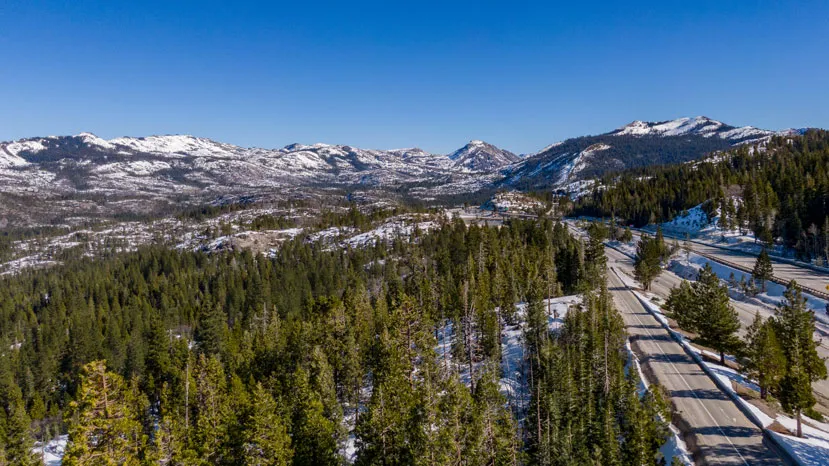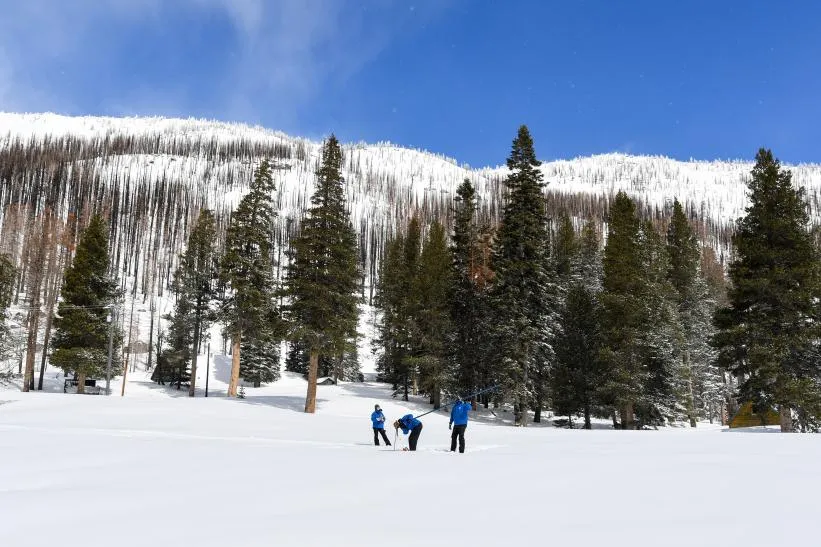California’s mountain peaks have been transformed into a winter wonderland after a series of powerful storms brought much-needed rain and snow to the state. The atmospheric river-fueled weather was both deadly and destructive, yet also crucial for replenishing water supplies in a region plagued by a prolonged drought. The heavy showers dropped several feet of fresh snow, replenished reservoirs, and revitalized waterfalls and ephemeral lakes.
Satellite imagery from NASA captures the dramatic impact of the storms on California’s snowpack, which serves as a vital water savings account. In areas along the Sierra Nevada, roughly 5ft of snow fell during the week, turning large swaths of terrain a brilliant white. Images taken from above showcase the striking contrast between the newly snow-covered terrain and the parched conditions that existed just weeks earlier.
The snowpack, which measures the cumulative snow accumulation across the state, had been a concern in January, standing at a mere 28% of its historical average. However, the recent storms have brought a welcome surge in snowfall, and by the second snow survey of the year, the snowpack had already jumped to 52% of average. By mid-February, the statewide total had climbed to 73% of average.

California’s reliance on snowpack for its water supply is well-documented. The snowpack’s moisture trickles into rivers, reservoirs, and soils during drier seasons when precipitation is scarce. While the recent storms have provided a significant boost, there is still more work to be done. The snowpack would need to double its depth over the next month and a half to hit historical averages by April 1.
Undeterred by the challenges ahead, water managers are cautiously optimistic about the prospects. The forecast suggests more wet weather on the horizon, which could further swell the snowpack and ease concerns about the state’s water supplies.
According to Andrew Schwartz, lead scientist and manager at the Central Sierra Snow Laboratory, California is now in a more optimistic position than it was at the beginning of the winter. “We just need moisture to keep coming in and for things to not dry out completely,” he emphasized.

